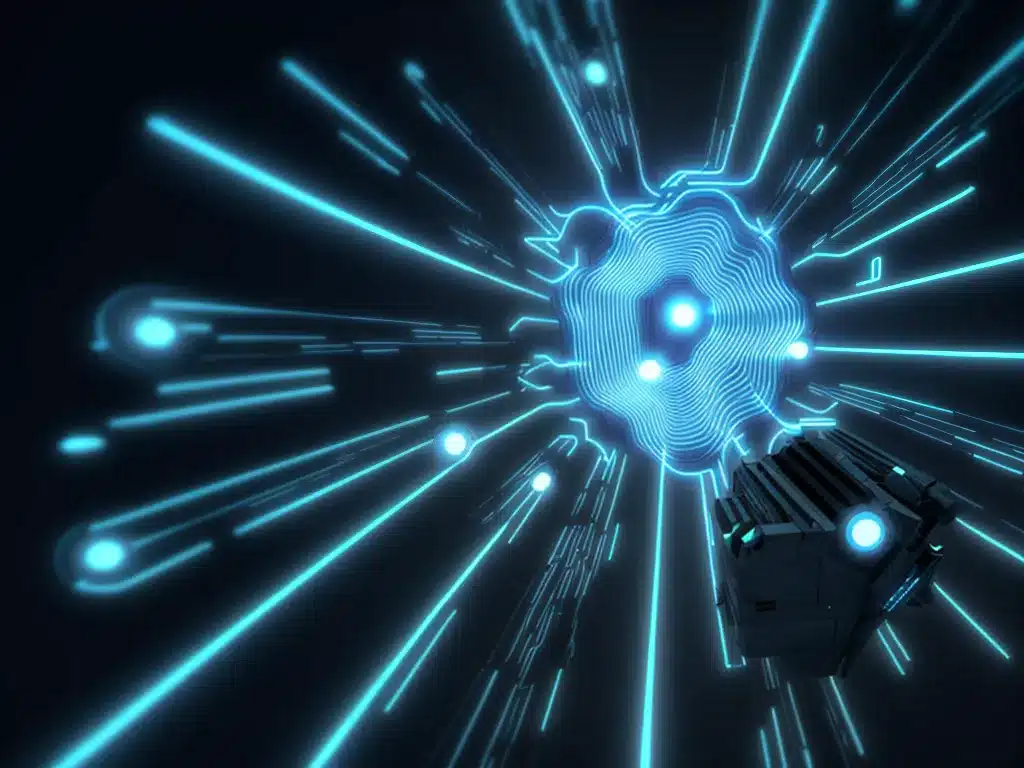
What is Procedural Content Generation?
Procedural content generation (PCG) refers to the creation of game content algorithmically rather than manually. It involves using algorithms to generate game elements like levels, quests, characters, items, textures, music, etc. PCG has the benefit of creating large amounts of unique content efficiently and reducing the need for human artists/designers to handcraft content.
Some examples of PCG include:
-
Procedurally generated worlds – Games like Minecraft and No Man’s Sky use algorithms to generate their massive open worlds on the fly. This allows practically unlimited exploration for players.
-
Randomly generated dungeons/levels – Roguelike games like Diablo and The Binding of Isaac randomly create new dungeon layouts and populate them with monsters/loot each playthrough to keep the experience fresh.
-
Dynamic narrative – Story-heavy games can use AI to dynamically generate quests and NPC dialogue trees based on player actions rather than relying solely on pre-authored content.
-
Adaptive music – Music can be generated dynamically to match the intensity of gameplay. Spore is an early example of this tech.
Why Use Neural Networks for PCG?
Neural networks are a type of machine learning algorithm modeled loosely on the human brain. They have proven very effective for generating creative content like images, music, and text. As such, they are a promising technique for PCG applications like:
-
Generating game levels and worlds that feel handcrafted and human-like rather than obviously procedural.
-
Producing varied, natural looking content like textures and 3D models.
-
Assisting human developers by automatically generating game assets and mechanics to speed up development.
-
Personalizing content by learning a player’s preferences and generating content tailored to them.
-
Adapting gameplay by learning patterns and generating dynamic challenges, narratives, etc.
Compared to traditional procedural generation techniques, neural networks have the benefit of learning patterns from data rather than relying solely on hand-coded rules. This enables them to produce more complex, human-like output. They are especially useful for generating visual content like textures and 3D models.
Level Generation with Neural Networks
One promising application of neural networks is procedurally generating game levels and worlds. Traditional PCG techniques like cellular automata, noise maps, and grammars can feel repetitive and synthetic. In contrast, neural nets can be trained on human-designed levels to produce more naturalistic output.
For example, researchers have trained various neural net architectures like Convolutional Neural Networks (CNNs) and Long Short Term Memory networks (LSTMs) to generate 2D dungeon game levels after training them on real level data. The networks analyze patterns in the input levels and learn meaningful representations of level design concepts like space partitioning, risk vs reward elements, chokepoints, and more. They can then synthesize new levels incorporating these concepts in creative ways.
Researchers have generated complete playable 2D and 3D game levels this way for genres like The Legend of Zelda, Super Mario Bros, Doom, and more. In some cases, human evaluators even prefer levels generated by neural nets over those designed by people, because they seem just as natural.
Of course, some human design guidance is still beneficial to ensure playability and meet certain constraints. But neural nets show a lot of promise for augmenting human creativity in the level design process.
Other PCG Applications
Beyond level generation, neural networks show promise for various other PCG applications:
Text Generation
Neural text generation models like GPT-3 can create natural sounding dialogue, quest descriptions, item flavor text, etc to populate game worlds with unique content. They can also dynamically generate text reacting to player actions.
Texture Synthesis
GANs (generative adversarial networks) can synthesize varied realistic textures and 3D model parts trained from real data. This helps create assets rapidly.
Character/Monster Design
Neural nets can generate diverse character and monster designs by training on 3D model datasets. This accelerates the creature creation process.
Game Balancing
Reinforcement learning agents can playtest games and suggest rebalancing game mechanics like stats and difficulty curves to improve tuning.
Personalized/Adaptive Content
By training on player data, neural nets can learn player preferences to generate tailored content for each user. They can also dynamically adapt gameplay by analyzing player behavior.
Challenges
While promising, using neural nets for PCG also poses some challenges:
-
Curse of dimensionality – Levels and other content have very high dimensional input spaces which are hard to model.
-
Data hungry – Neural nets require large training datasets which can be expensive to obtain. Often requires manual cleanup/processing.
-
Black box – The internal representations learned by neural nets can be difficult for humans to interpret and debug. Lack of direct control.
-
Computational costs – Generating content dynamically with neural nets can be resource intensive. Performance optimization is important.
-
Playability – Ensuring content is playable, bug free and appropriately balanced remains challenging.
So neural networks don’t remove the need for hand-crafted content and quality control. But they are a promising AI assistant for developers, amplifying human creativity in projects with large content needs. As research progresses, we can expect neural PCG to become increasingly production ready.
The Future of Neural Networks in PCG
In summary, neural networks are opening exciting new possibilities for procedural content generation:
-
They can learn nuanced design patterns from data to produce content that blends procedural techniques with human-like sensibilities. This helps game worlds and assets feel more hand-crafted and diverse.
-
They enable more adaptive, personalized content that reacts dynamically to players. This supports emergent storytelling and experiences unique to each player.
-
When combined with other PCG techniques, neural networks can accelerate game development pipelines to enhance developer productivity.
However, usability challenges remain around training data, controlling outputs, and integrating into production workflows. As tools improve and best practices emerge, we can expect neural PCG to become more commonplace. It has huge potential to enhance games with ever richer, more dynamic worlds and content.












